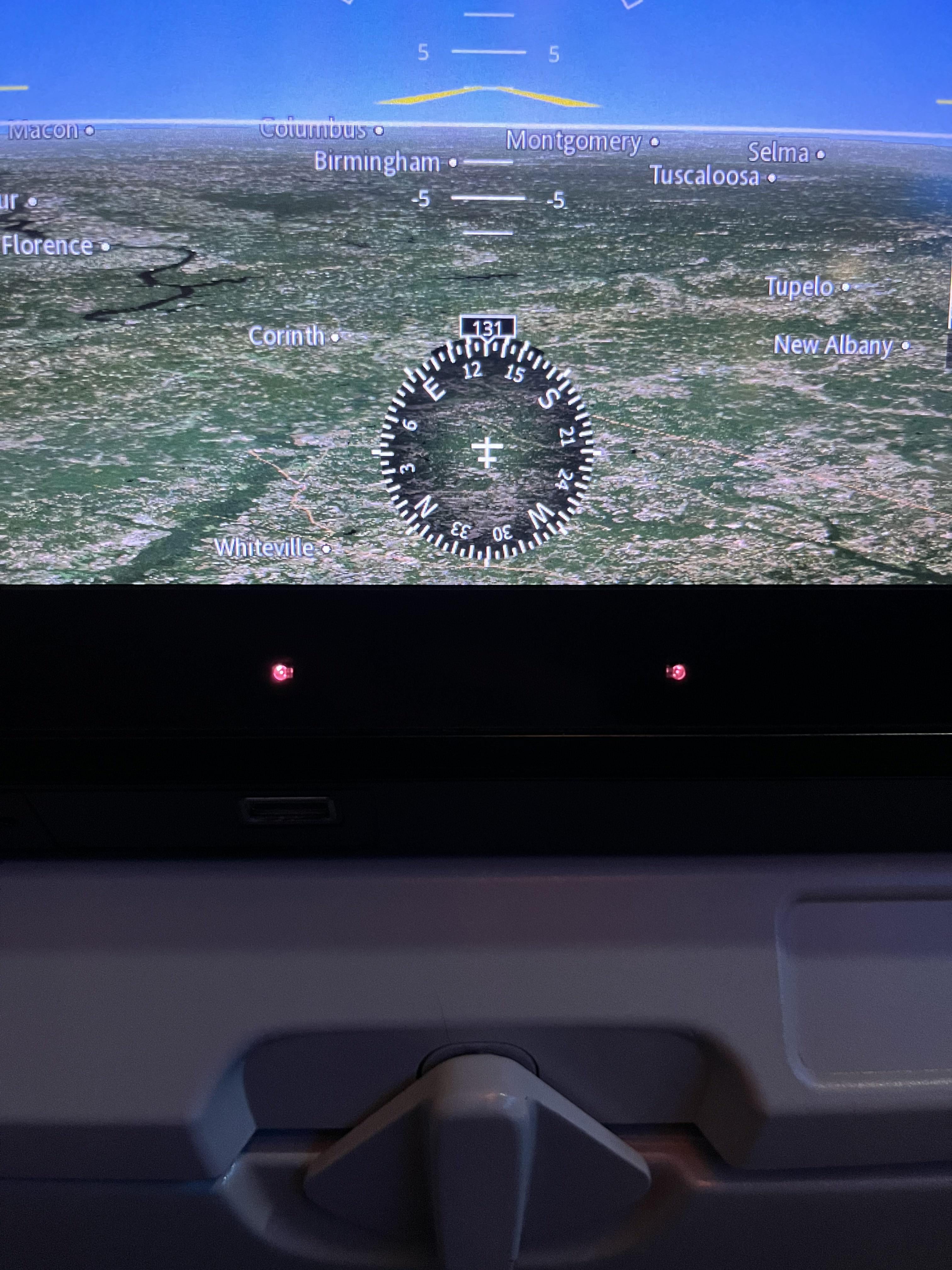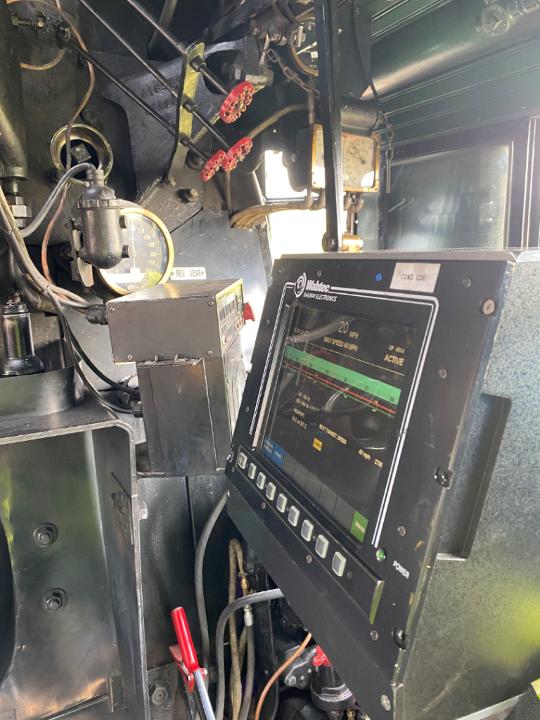
No functioning rail system
Has largest railroad network in the world
Pick one or specify you mean passenger rail.

No functioning rail system
Has largest railroad network in the world
Pick one or specify you mean passenger rail.


How are the payload weights between pickup trucks and Zeppelins different then?


I am comparing payload weights because it’s directly comparable between all vehicles. I am not sure if you understand payload weight fully. This is the rating for everything you put in the vehicle (airship or not) and includes everything from people to the trailers tounge if you are towing. Just because your truck can tow 20Klb does not mean you can exceed the payload capacity. A lot of first time RV buyers learn this the hard way when they buy a 10Klb trailer to tow with their 2018 F150 only to find out there isn’t even enough payload capacity left over for the driver because the tounge weight is 1000lb. Air ships (and aircraft for that matter) use the same payload capacity calculations where again anything put inside the vehicle counts towards the payload including people. This is why we can directly compare the two vehicles payload capacity.


Towing capacity isn’t really apples to apples which is why I used payload capacity which is more directly comparable. Don’t get me wrong though I’d love to see an airship towing a trailer.


While others suggested adding the DNS records manually the far more secure and easier in the long term solution is to run pihole with unbound. Going this route completely eliminates third party upstream DNS servers as unbound will query the top level domain for their authoritative name server and direct the IP address from the source. Pihole has a great explanation on their website. I like crosstalk solutions on setting it up as it’s has everything you need just to copy paste your way into it working.


The biggest advancement they made was making it smaller. Zeppelin NTs are a fraction of the size of what Ferdinand von Zeppelin was designing in his day. Because of their smaller and the switch to helium Zeppelin NTs has a miniscule payload capacity at 4200 pounds. To put that into perspective that’s the same payload capacity as a Ford F250. Even with their reduced surface area and modern flight controllers controllers the Zeppelin NTs still haven’t solved the weather issue as they are restricted from flying in winds greater than 22MPH and when VFR is not available.


if you look at the history of what happened to each Zeppelin airship you get a really good idea why it’s a bad idea.
LZ1: damaged during initial flight, repaired and flown two more times before investors backed out causing the ship to be sold for scrap.
LZ2: suffered double engine failure and crashed into a mountain. While anchored to the mountain awaiting repairs a storm destroyed it beyond repair.
LZ3: built from salvaged parts of LZ2. Severally damaged in storm. After LZ4’s destruction LZ3 was repaired and was accepted by the German military who eventually scrapped it.
LZ4: suffered from chronic engine failure. While repairing the engines a gust of wind blew the ship free of its mooring and struck a tree causing the ship to ignite and burn to the ground.
LZ5: destroyed in a storm.
LZ6: destroyed in its hanger by fire.
LZ7: destroyed after crashing in a thunderstorm.
LZ8: destroyed by wind.
LZ9: this one actually worked and survived for three years before being decommissioned.
LZ10: caught on fire and destroyed after a gust of wind blew its mooring line into itself.
LZ11: destroyed while attempting to move the ship into it’s hanger
LZ12 & LZ13: both flew successful careers before being decommissioned a few years later.
LZ14: destroyed in a thunderstorm.
LZ15: destroyed during an emergency landing.
LZ16: was stolen by the French. ***
LZ17: decommissioned after the war.
LZ18: exploded during its test flight.
LZ19: damaged beyond repair during an emergency landing.
LZ129: the Hindenburg.
LZ127: retired and scrapped after flying over a million miles.
LZ130: flew 30 flights before being dismantled for parts to aid in the war effort
The problem is with airships and aerostats in general is you need a massive balloon just to lift a small amount of weight but the larger you make it the more susceptible to weather it ends up being. With the amount of surface area a balloon that’s a 1km long has you would have to spend a considerable amount of energy just to stop it from blowing away in the wind, as inefficient as it is the truck may actually use less fuel because of this.


Pre roll and post roll ads would be pretty easy to detect since the length of the actual video is fixed. Mid roll ads though will need something more clever.


If it was just for towing it wouldnt have a cab in the rear like that.


Any idea what that MOW truck is for? The second cab in the rear is really throwing me off.
I object to electrification being used to judge a country’s railway age and quality. A lot of countries transition into electric trains over a century ago especially in Europe and surprisingly the US. I could talk for hours about the US’s history with electric trains and how short sided business practices combined with the government’s attempt to sorta nationalize the rail industry crippled it’s electrification progress. Not to get too far off topic though there’s only three metrics you can really grade the quality and age of a nation’s rail infrastructure with. That is size, volume, and average speed. In my opinion though avarage speed is the best indicator for a country’s railway age and quality because it gets rid of a lot of the problems other definitions bring up. For example both of the internationally recognized definitions for high speed rail uses a different speed depending if the line was new (155mph) or upgraded (125mph). This causes all sorts of issues because under those definitions Amtrak’s northeast regional train counts as high speed rail as it runs on an upgraded line with a top speed of 125mph even though the northeast corridor has an average speed of 86mph.
I’m still salty that my microwave’s pizza button is one of the fake ones.


No it’s actually a facial recognition camera…
https://gizmodo.com/united-and-delta-cover-their-seatback-cameras-in-bid-to-1834381804


Does united use the same in flight entertainment system as Delta? If united does they are probably tracking you using the facial detection camera on the seats.



The version that windows requires does not matter as I was making the point that we’ve been dedicating silicon for TPM for a pretty long time now and that there’s no corelation between Microsoft’s requirements and the recent CPU cost increase.
TPM 1.2 was deployed on most x86-based client PCs from 2005 on, began to appear on servers around 2008, and eventually appeared on most servers.


How old of a system are you running because TPM have been included on CPUs since at least 2009. Microsoft requiring something already built into modern CPU isn’t the reason why CPUs cost more now.


If only Microsoft required a second prossesor like some sort of module just for encrypting and decrypting things without using additional CPU cycles… What if we also stored the encryption keys on that module so we could trust that platform…
In the US I can comfirm both GE (freight and passenger) and siemens passenger locomotives run Linux. Some passenger trainsets/cars still run embedded XP.
Pretty much all locomotives running out there today have a plethora of computers for managing fuel economy, brakes, and positive train control (rules compliance). Fun fact: the union pacific’s 4104 ‘big boy’ steam engine was fitted with wabtec’s I-ETMS PTC which is powered by Linux so there’s literally a steam powered locomotive running Linux.

Y’all can down vote me all you want but it still won’t change the fact the United States has a functioning railroad system outside of passenger service. I only mention network size because it was the easiest metric to pull up. But the point is whatever metric you use outside of passenger service the US is in the top three countries which is something not possible unless you have a functioning railroad system.
The US is third for tonnes per kilometer.[1]
The US is second for tonnes hauled per year.[2]
The US moves more intermodal containers by rail then all of Europe combined. [3]
It might seem like the United States doesn’t know how to run trains but in reality we have one of the best freight networks out there.
I’d also like to add that on the passenger side of things the US is really trying to improve but the investments haven’t had time to come to fruition yet. Amtrak has 768 siemens venture cars and 175 ALC-42 locomotives on order so it can expand to 39 new routes [4]. There’s been a significant amount of funding into high speed rails for other corridors outside of the northeast corridor [5].